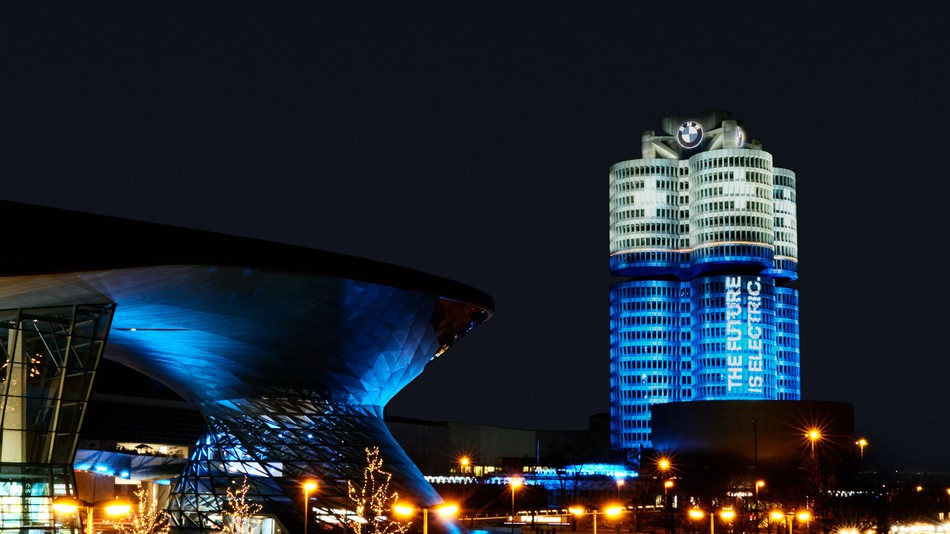
BMW is wagering on a superior battery.
On Tuesday, the organization reported it’s collaborating with Bay Area-based Sila Nanotechnologies (known as Sila Nano), and guaranteed electric vehicle (EV) battery upgrades inside five years.
Sila Nano needs to enhance rechargeable lithium-particle batteries by utilizing silicon rather than graphite. The organization and BMW need to fuse the innovation into EVs by 2023.
Quality Berdichevsky, CEO of Sila Nano, said in a call Tuesday that his tech is “exceptionally adaptable” and can be dropped into existing assembling offices , for example, a BMW battery industrial facility. A year ago the German auto organization sold 100,000 electric vehicles.
“It’s not a bespoke thing you can make in a lab and never get the chance to scale,”
Berdichevsky said.
Sila Nano says it needs to at first increment battery limit by 20 percent, which could be utilized to accelerate charging or construct littler battery packs. In the long run, that number could increment to 40 percent.
Sila Nano replaces graphite anodes (adversely charged terminals) with its material, a nano composite with a ton of purge space, so when silicon is utilized it can extend and contract, Berdichevsky clarified.
“The critical step about utilizing silicon is that it swells a great deal,”
he said.
“It causes immense issues in the battery.”
With the space Sila Nano makes, the advantages of silicon (which holds more lithium particles than graphite) can be used without trading off the battery. Be that as it may, the measure of Sila Nano’s material required for an auto versus a telephone is critical another reason this tech wouldn’t appear in EVs overnight.
The Wall Street Journal appears to be sold on the forceful timetable for EVs, however expects wearables and other littler purchaser gadgets to profit by the battery support sooner than autos, more like two years.
Original article by Sasha Lekach